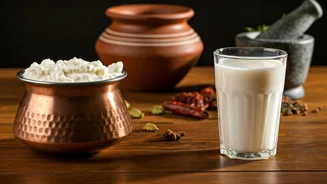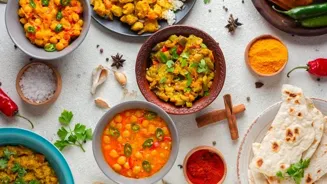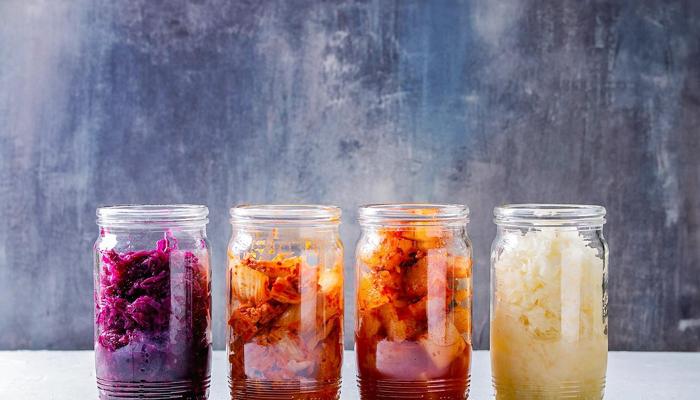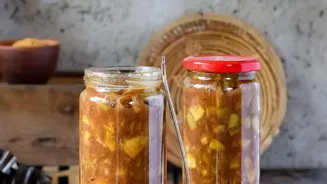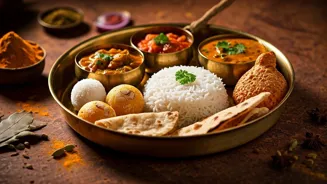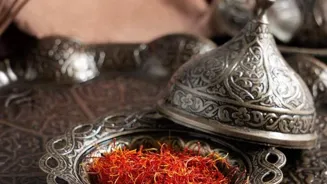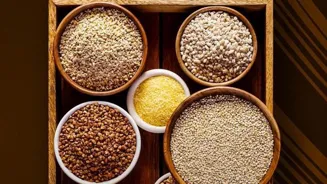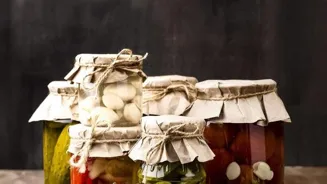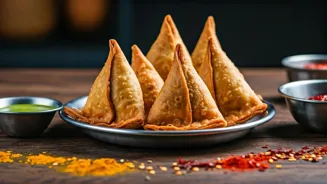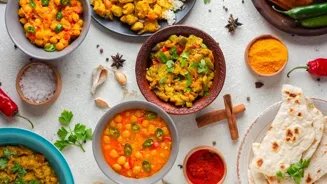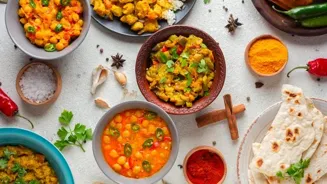Dahi vs. Buttermilk
Dahi, or curd, is made by fermenting milk with a starter culture, thickening it. Buttermilk, traditionally, is the leftover liquid from churning butter.
It offers a tangier taste and smoother consistency. Both are essential in Indian kitchens, used in a variety of dishes, and are often associated with good health.
The Making of Dahi
Making dahi is a simple process, usually done at home. Milk is heated, cooled, and a small amount of starter culture (a previous batch of dahi or yogurt) is added. The mixture is then left undisturbed in a warm place for several hours, allowing the fermentation to occur and the curd to set.
Traditional Buttermilk Prep
Traditionally, buttermilk comes from churning butter. The thick cream is churned until the butter separates, leaving behind a watery liquid – buttermilk. In India, this process is often associated with cultural traditions and festivals, offering a refreshing beverage.
The Difference Matters
While you can technically thin curd with water, it's not the same as traditional buttermilk. The flavor profiles differ; buttermilk is tangy and has a thinner consistency. Real buttermilk also offers more probiotic benefits. Knowing the difference enhances culinary experiences.
Culinary Significance
Both dahi and buttermilk are vital in Indian cuisine. Dahi is used in lassis, raitas, and marinades. Buttermilk is enjoyed plain, or flavored with spices (masala chaas) or used in cooking. Their unique qualities make them indispensable ingredients in a diverse range of dishes.
